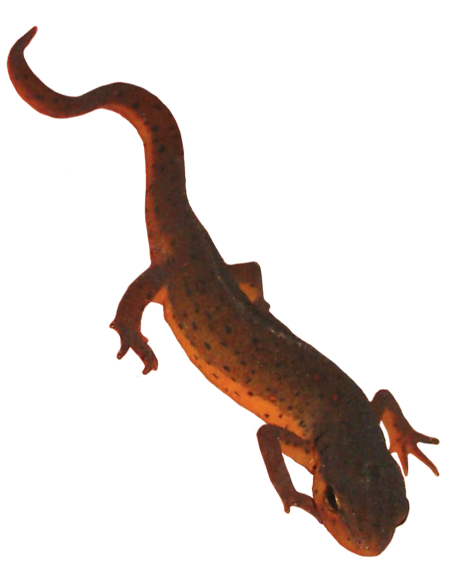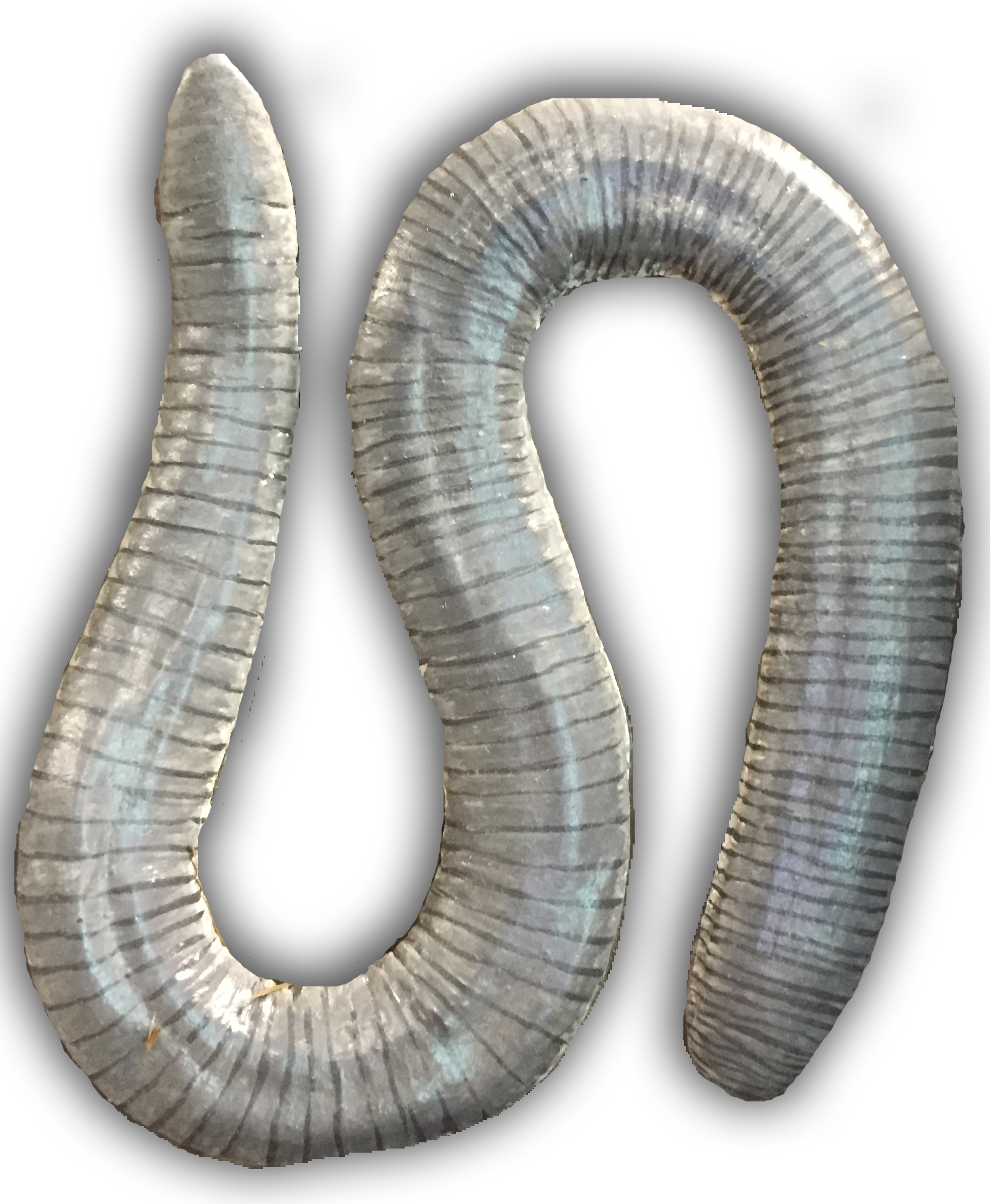Herpetology is the study of amphibians and reptiles. The two groups are included under a single discipline because historically, they were considered “lower forms” and not worthy of detailed investigation.
Although they share general similarities in appearance, there are important differences between the class Amphibia and the class Reptilia. In fact, reptiles are more closely related to birds and mammals than they are to amphibians!
Amphibians
- have permeable skin.
- have permeable egg membranes.
- are constrained to moist habitats.
- most undergo metamorphosis.
Reptiles
- have scaly waterproof skin.
- have eggs protected by a thick shell.
- are less dependent on water.
- do not undergo metamorphosis.
Currently scientists recognize over 4,500 extant (still in existence) species of amphibians divided into 41 families in 3 orders.
The three amphibian orders are:
Anura (Frogs and Toads)
- have a urostyle – fused vertebrae.
- have no tail as adults.
- have elongated ankle bones.

Caudata (Salamanders)
- have 4 limbs of approximately equal size – except sirens
- have tail

Learn more about our Amphibian and Reptile Conservation program
Visit our Herpetology Collection website
